Studio Visit – Jim Biddulph with CUSTHOM
Bright light streams in to a studio crammed full with a CAD embroidery machine, screen print table and material samples galore. The Peckham studio space in question is home to Custhom, a team of five who are lead by the company’s original founders Jemma Ooi and Nathan Philpott. The luxury of such equipment and even light was a pipe dream for the design duo when first setting up studio back in 2010. The pair met whilst studying on the textiles MA at the Royal College of Art and soon realised that they had shared sensibilities when it came to approaching materials and processes as well as design, which is still often characterised by bold but sophisticated graphic shapes and forms.
From their first windowless space they created hand printed wallpapers with stitch and foiled finishes, embroidered fabrics, cushions and stationary. Ceramics and furniture have followed as have a number of design collaborations, not to mention supplying products for clients ranging from Liberty London and John Lewis to LG and Barber & Osgerby. Whilst visiting the studio I took the opportunity to find out more about their design process, and particularly their relationship to this months material of focus, paper.
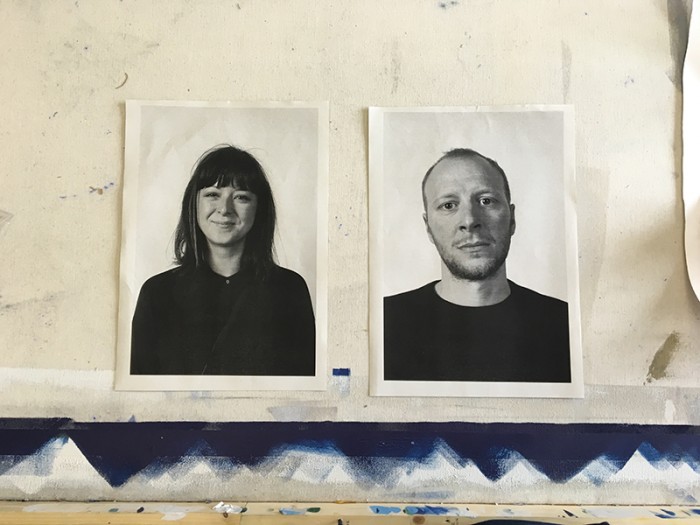
You describe the studio as “a research-based design practice working with handmade processes.” How do you approach ‘research’ exactly?”
We have a systematic but not necessarily conventional route to investigating new and unusual methods of production. After developing starting points, we tend to work independently, gathering information and images to build a picture and narrative to support what we are thinking. We then develop ideas by hand and using CAD packages as well as endless pencil sketches and discussion to try and explain and pick apart each other our ideas, as they are raw and in progress.
From there we generally swap and change incomplete ideas, passing work back and forth until we are both happy and have hopefully we’ve reached something new.
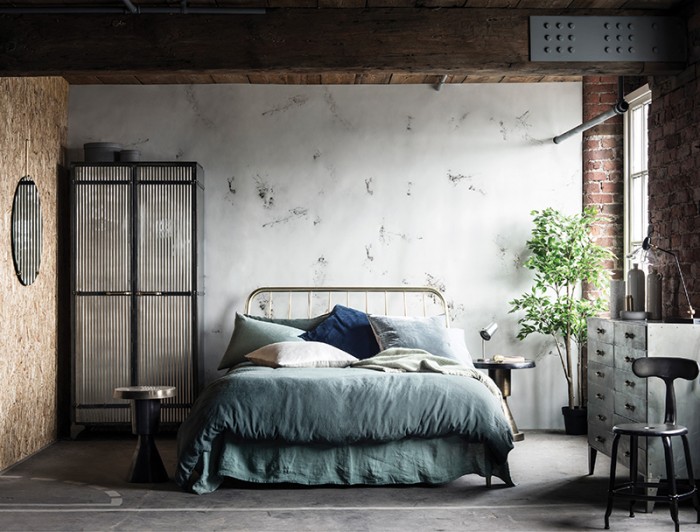
That’s interesting, kind of like a design pass-the-parcel. It could be a risky practice if you don’t agree on something though. How do you avoid this, or are you generally always on a similar page to one and other?
We both come from textile training, which is an incredibly open minded approach to how materials are handled, how colour can affect all aspects of design. We are also not precious to how processes are conventionally or traditionally used and therefore take an experimental approach to testing and developing designs. Between us we’ve established certain design parameters in which we operate. In our range of wallpapers, we have categorised three strands of technique that we named ‘Reflect’ for high gloss and metallic finishes, ‘Tactile’ for more dimensional and embroidered methods of making and ‘Texture’ for hand printed finishes.
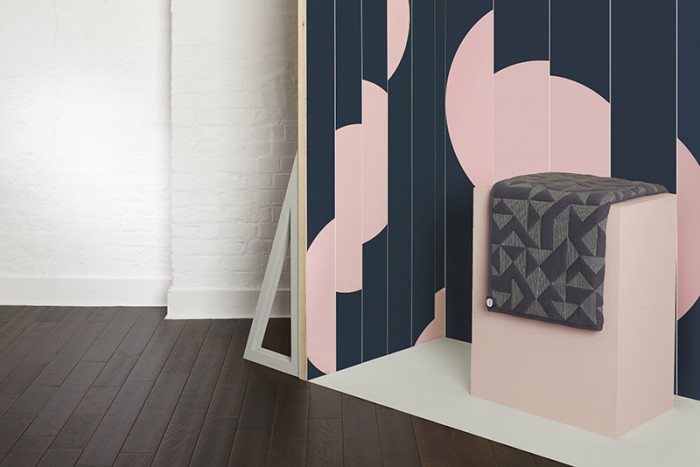
I won’t ask if you have a proffered material to work with because I know how hard that is for designers to answer, but paper seems fairly central to what you do. Why do you think that might be?
We have both loved working with paper from the start. The contrast of fragility and strength of the material itself, the structures it can create when folded, perforated and stitched and the textures it can hold and withstand leave so many opportunities for experimentation. The scale at which paper can be produced can completely transform the feeling within a space. How wallpaper can carry colour and texture are also interesting to us.
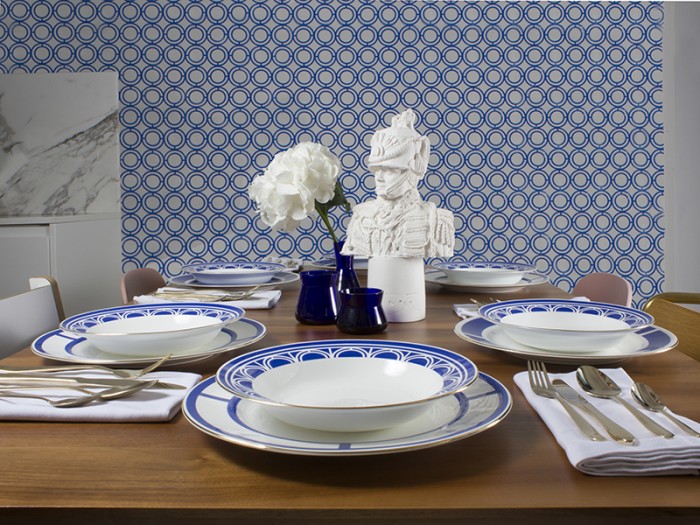
I know you’re always researching for, and designing new collections, but do also work to a client brief too. Do you have a preference between the two modes of working?
Working to a brief is often a quicker process because we are not changing and redefining the concept as discussions evolve. Plus, limitations or restrictions of the brief itself often challenge us to be more inventive in our conclusion.
On the flip side, making a collection can often be a lengthier process because there is ultimate freedom and not a lot of boundaries. That’s both a blessing and a curse!
There are pros and cons to each way of working and both are challenging – but we enjoy them both.
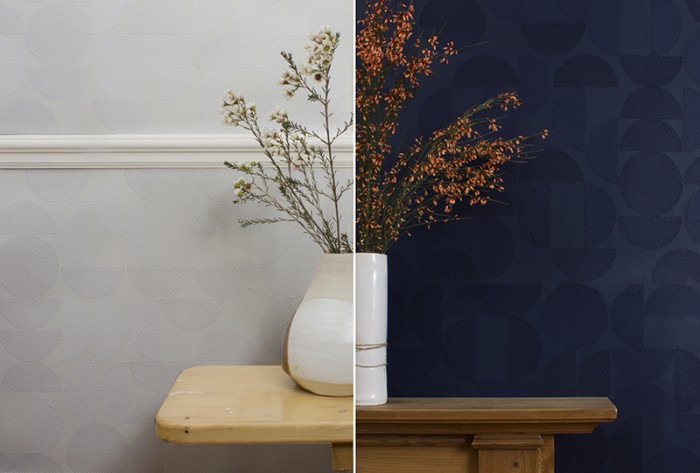
Finally, given that you have a fairly distinct style, do you find that is there a ‘client type’ when your surfaces are specified?
We tend to work with interior designers or architects who use bold graphics in their schemes, are confident in their use of colour and clean lines – and have clients that trust in their vision!





